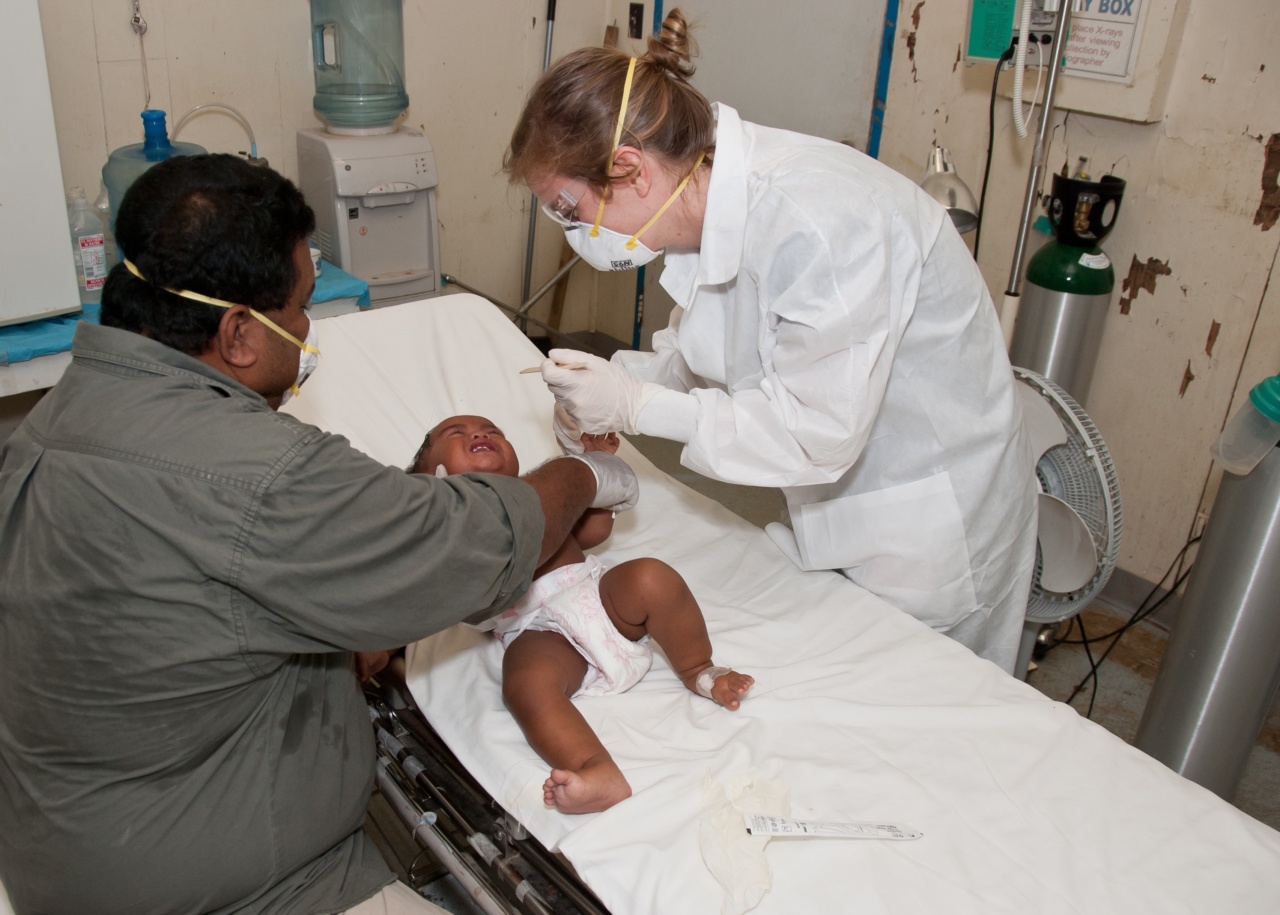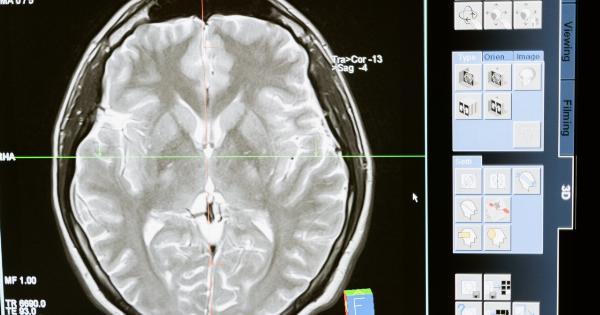Hemangiomas are the most common vascular tumors in infants and children. These benign growths are characterized by an abnormal buildup of blood vessels.
Hemangiomas typically appear shortly after birth and tend to grow rapidly during the first few months of life. While most hemangiomas resolve on their own without causing any serious health complications, it is important for parents and caregivers to understand the diagnosis, management, and treatment options available.
What Causes Hemangiomas?
The exact cause of hemangiomas is still unknown. However, research suggests that there may be a genetic predisposition to their development.
It is also believed that certain hormonal factors during pregnancy could contribute to the formation of these vascular tumors. Additionally, the placenta may play a role in hemangioma development.
Diagnosing Hemangiomas
Diagnosing a hemangioma typically involves a physical examination by a pediatrician or dermatologist. The characteristic appearance of hemangiomas makes them relatively easy to identify.
In some cases, further tests such as ultrasound or MRI scans may be ordered to evaluate the extent and depth of the hemangioma and identify any internal involvement.
Types of Hemangiomas
Hemangiomas can be classified into two main types: superficial and deep. Superficial hemangiomas are located on the surface of the skin and appear as bright red or purplish raised bumps.
Deep hemangiomas, on the other hand, are located deep in the skin and may not be visible initially. They tend to grow more slowly but can be more concerning due to their potential to cause complications.
Managing Hemangiomas
The management of hemangiomas depends on various factors, including their size, location, and potential complications. Most superficial hemangiomas require no intervention and will naturally regress over time.
However, close monitoring is essential to ensure there are no complications or changes in growth patterns.
If a hemangioma is causing functional impairment, interfering with vision or breathing, or affecting vital areas such as the mouth or genitals, intervention may be necessary. Treatment options may include:.
1. Medication
Some hemangiomas may respond well to certain medications, such as beta-blockers or steroids. These medications can help slow down the growth of the hemangioma and promote regression.
2. Laser Therapy
Laser therapy is often used for superficial hemangiomas that are cosmetically problematic. The laser targets and destroys the abnormal blood vessels, resulting in a reduction in size and color of the hemangioma.
3. Surgical Intervention
In rare cases where medications and laser therapy are ineffective or not feasible, surgical removal of the hemangioma may be considered. Surgical intervention is typically reserved for deep hemangiomas or those causing severe functional impairment.
Potential Complications
While the majority of hemangiomas resolve without complications, there are certain situations where complications may arise:.
1. Ulceration
Hemangiomas that are located in areas prone to friction, such as the diaper area or under tight clothing, may develop open sores or ulcers. Strict hygiene and regular monitoring are necessary to prevent infection.
2. Functional Impairment
Hemangiomas located near vital structures, such as the eyes, mouth, or airways, can potentially interfere with normal bodily functions. This requires prompt medical attention and may necessitate aggressive treatment options.
3. Psychological Impact
In cases where large or disfiguring hemangiomas persist into later childhood or adolescence, psychological and emotional challenges can arise.
Supportive care and counseling may be beneficial for children and their families in coping with the psychological impact.
Final Thoughts
Baby hemangiomas are common and usually resolve without causing any long-term complications. The majority of hemangiomas do not require intervention and will naturally regress as the child grows.
However, close monitoring is essential to identify any potential complications that may warrant medical intervention. With early diagnosis, appropriate management, and timely treatment, the vast majority of children with hemangiomas can expect a favorable outcome and long-term resolution of these vascular tumors.





























